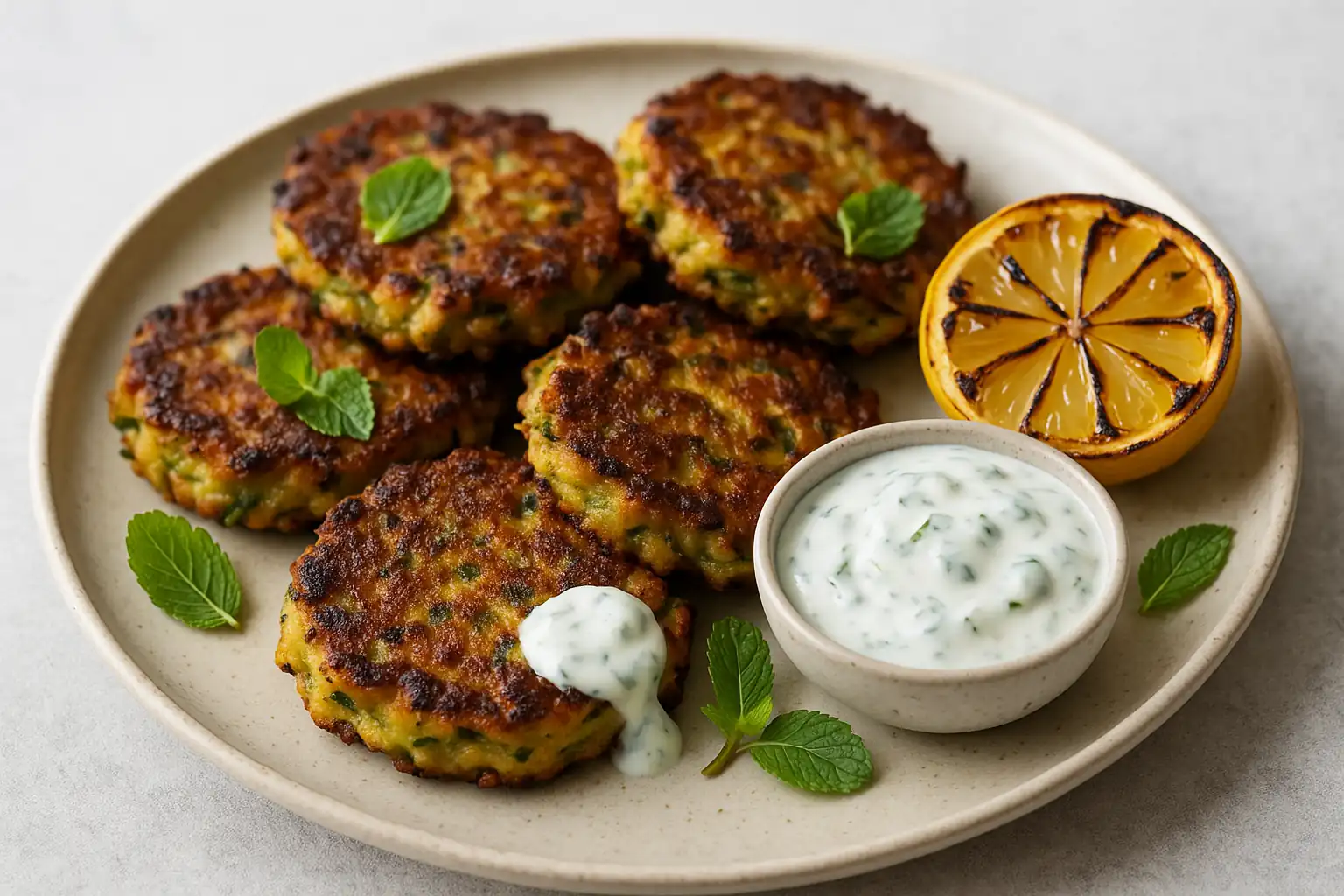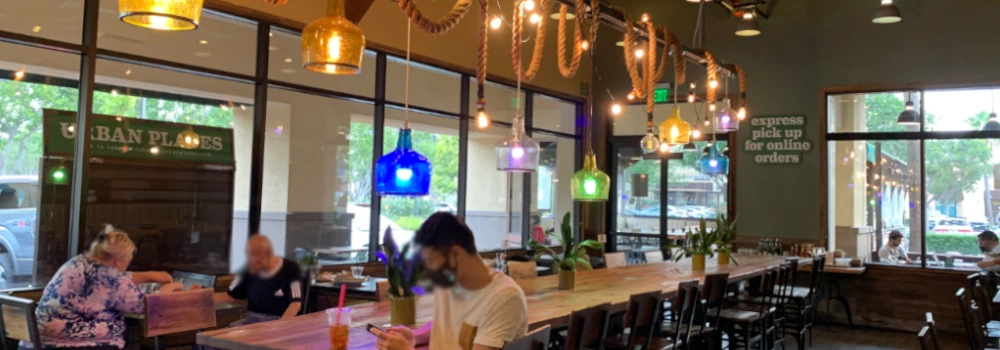
As August winds down and cooler nights signal the start of fall, restaurants have an excellent opportunity to refresh their menus without starting from scratch. Pre-fall is the ideal time to feature late-summer produce while meeting trending guest preferences—like comfort foods, zero-waste cooking, and local sourcing.
Smart transitions help control food costs, reduce waste, and generate excitement with seasonal updates. Here are six versatile ingredients that seamlessly bridge summer into fall—and the top restaurant trends for 2025 they correspond with.
1. Heirloom Tomatoes
Trend Tie-In: Instagrammable color, hyper-local produce
Heirloom tomatoes reach their peak in late summer, showcasing vibrant color, texture, and acidity. Use them raw in chilled salads or elevate dishes with warm preparations like flatbreads, tarts, or confit.
Menu idea: Tomato confit toast with whipped goat cheese and microgreens, finished with basil oil for a vibrant, shareable dish.
2. Sweet Corn
Trend Tie-In: Root-to-stem cooking, comfort food with a twist
Corn continues into early fall and works well in warm dishes like polenta, chowders, and risottos. You can use the husks or cobs in broth for added depth and zero-waste prep.
Menu idea: Charred corn and poblano risotto with chili oil and cotija—rich, comforting, and plant-focused
3. Stone Fruits (Peaches, Plums, Nectarines)
Trend Tie-In: Global flavors, visual appeal, sweet-savory fusion
Late-season stone fruits work well in both desserts and savory dishes. Consider chutneys, grilled toppings, or fermented fruit glazes.
Menu idea: Grilled peach and prosciutto flatbread topped with arugula, pistachios, and a balsamic drizzle—bright yet warming.
4. Zucchini & Summer Squash
Trend Tie-In: Plant-based menus and versatile formats (bowls, toasts, small plates)
Still at peak freshness, these veggies are perfect in grain bowls, fritters, or dishes focused on vegetables. Their mild flavor pairs well with global seasonings and fall spices.
Menu idea: Spiced zucchini fritters served with mint yogurt and charred lemon—perfect as a shareable small plate or vegetarian entrée.

5. Fresh Herbs (Basil, Mint, Parsley)
Trend Tie-In: No-waste prep, global flavor layering
Late-summer herbs can be used in sauces, oils, and marinades—or as a garnish to brighten up heavier dishes. Herb stems can be blended into oils or stocks to reduce waste.
Menu idea: Mint and parsley chimichurri over roasted carrots or grilled lamb adds a seasonal twist and upcycles kitchen scraps.
6. Hearty Greens (Kale, Arugula, Spinach)
Trend Tie-In: Functional ingredients, warm grain bowls, and layered textures
Cool-weather greens grow well into the fall and are perfect for dishes that provide texture and nutritional appeal. They can be enjoyed raw, wilted, or sautéed.
Menu idea: Farro bowl with wilted kale, roasted mushrooms, a jammy egg, and sesame-ginger vinaigrette. Seasonal, hearty, and nutrient-dense.
Don’t Miss These Trends While You Plan
Incorporating these ingredients also aligns with key 2025 trends:
• Plant-forward dishes continue to be popular—especially among Gen Z and Millennial diners.
• Zero-waste and root-to-stem cooking helps control costs and meets the demands of sustainability-conscious guests.
• Comfort with a global flair is a plus as diners seek cozy, craveable foods with exciting flavor profiles.
• Hyperlocal sourcing fosters storytelling chances and supports the farm-to-table movement.
Final Thought
Pre-fall menu updates don’t need a complete overhaul. Instead, leverage the late summer bounty to create warm, visually appealing, and trend-setting dishes that match what today’s diners want.
Smart, simple swaps can now boost guest excitement and give your restaurant a head start heading into fall.
.png)





.png)





